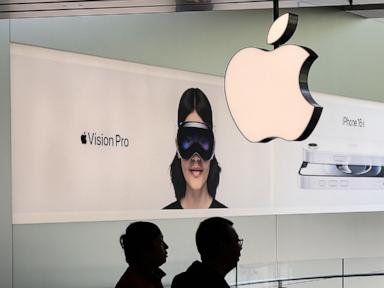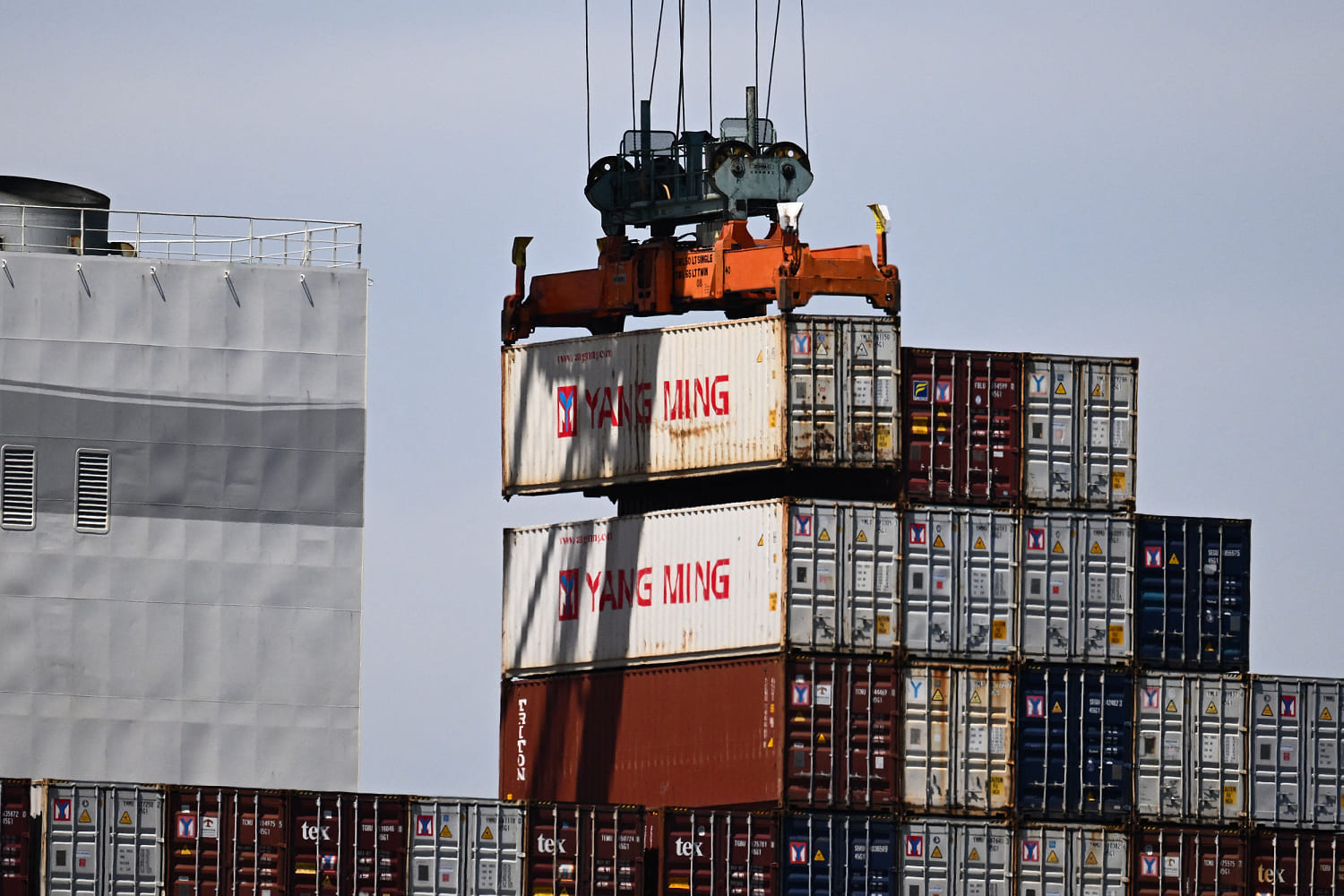When President Trump began his Apr. 2 remarks in the Rose Garden, he declared it will be a day that is forever remembered. He then went on to announce the biggest round of tariff hikes in more than 100 years.
“Liberation Day,” however, won’t be remembered for the reasons Trump cited. In fact, the U.S. stock market reacted with its biggest selloff since 2020, while the U.S. dollar weakened against key currencies.
When Treasury yields surged at the start of this week, it raised concerns about a potential crisis situation. One day later, Trump announced a 90-day pause for reciprocal tariffs for all countries except China. Although Trump is now more flexible than before, the roller coaster ride in financial markets will not be over until the trade war is resolved.
The editorial board of the Wall Street Journal has called Trump’s tariffs “the biggest policy shock to the world trading system since Richard Nixon blew up Bretton Woods in 1971.” It was a landmark development that led to the first dollar devaluation and eventually to flexible exchange rates supplanting fixed exchange rates. The fallout was a prolonged period of financial market turbulence.
By comparison, the tariffs announced on April 2 effectively ended the post-war trading system that contributed to a rapid expansion of world trade and global economic growth. It was based on the principle of most favored nation, where the goal was to insure a system that was both global and non-discriminatory.
The post-war system was replaced by reciprocal tariffs that the U.S. Trade Representative derived by dividing a country’s bilateral trade surplus by its exports to the U.S. According to Peter Navarro, the bilateral surplus measures how “unfair” a country’s trading practices are.
The dilemma U.S. trading partners confront, however, is there are no agreed set of rules governing international trade. Each country is left to strike its own deal with the U.S., because President Trump disdains multilateral agreements.
Meanwhile, confidence readings for households and businesses have plummeted as higher tariffs are expected to slow U.S. economic activity considerably. The stock market selloff indicates investors were pricing in an increased risk of recession. Inflation is also expected to rise temporarily, raising the specter of stagflation.
As investors asses how the trade war will play out, my approach focuses on four key issues.
First, what is the nature of the shock and how might it evolve?
What makes the tariff shock different from other global shocks is it is stems from Trump’s core belief that U.S. trade deficits are the result of “unfair” trade practices of our principal trading partners. The bet he is making is they will capitulate when threatened with higher tariffs. However, his actions have led to an escalation in the conflict with China, and the EU has approved an initial round of tariffs that is now paused. At the same time, the U.S. dollar has weakened and Treasury yields have gyrated.
Second, what is the likely policy response if the U.S. economy weakens?
At its March meeting, the Fed kept monetary policy on ...










